Tags
Anglican Church, Bedford, books, Church of England, England, engraved frontispiece, jail, John Bunyan, John Milton, nonconformists, penal laws, pharisee, portrait, publican, The Pilgrim's Progress, tyranny
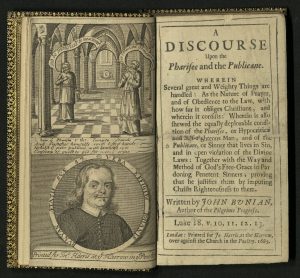
“See how ye Pharisee in the Temple stands
And justifies himself with lifted hands
Whilst ye poor publican with downcast eyes
Conscious of guilt to God for mercy cries.”
A Discourse upon the Pharisee and the Publicane…
John Bunyan (1628-1688)
London: Printed for Jo. Harris, at the Harrow, over against the Church in the Poultry, 1685
First edition
BT378 P5 B85 1685
John Bunyan was born about a mile from Bedford, England in 1628. He was arrested on November 12, 1660 for preaching without the approval of the Anglican Church. He was jailed for nearly thirteen years. His best known work, The Pilgrim’s Progress, was written while in the Bedford jail. During his lifetime, about one hundred thousand copies of the work were distributed throughout the British Isles and the British American colonies. It has been continuously in print since its first printing. In spite of the popularity of his work, Bunyan was nearly penniless, a traveling tinker like his father before him. While in prison, he made shoelaces to support his family.
Printed one year after the appearance of the authentic second part of The Pilgrim’s Progress and in the same year that the Bedford magistrates ordered penal laws against Nonconformists to be enforced, Bunyan’s Discourse is a critique of the tyranny of the Church of England and of those among his readers who, like the Pharisee in the parable, prided themselves in what he considered superficial religiosity.
John Bunyan wrote during a time of phenomenal political, religious and social upheaval in England. It was also a time of remarkable literary output. Bunyan’s works kept company with those of George Herbert, Thomas Browne, Thomas Hobbes, Richard Allestree, Andrew Marvell, and others.
Illustrated with an engraved frontispiece depicting the Pharisee and the publican in the temple, within a cross-vaulted arcade. Below this is a portrait of Bunyan at age 57.

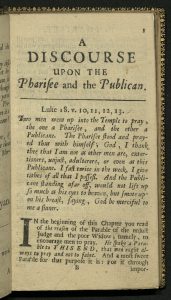
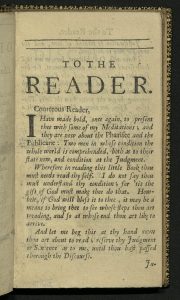
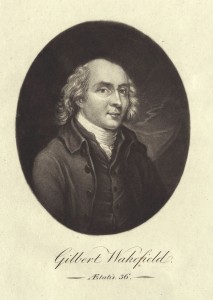
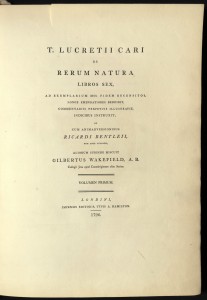
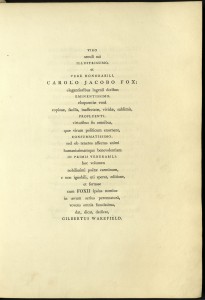
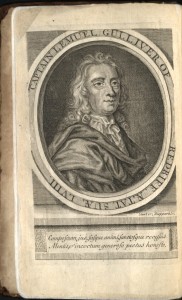
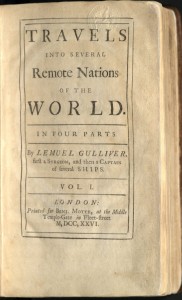
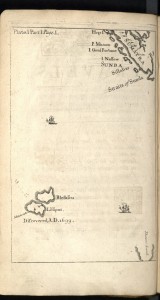

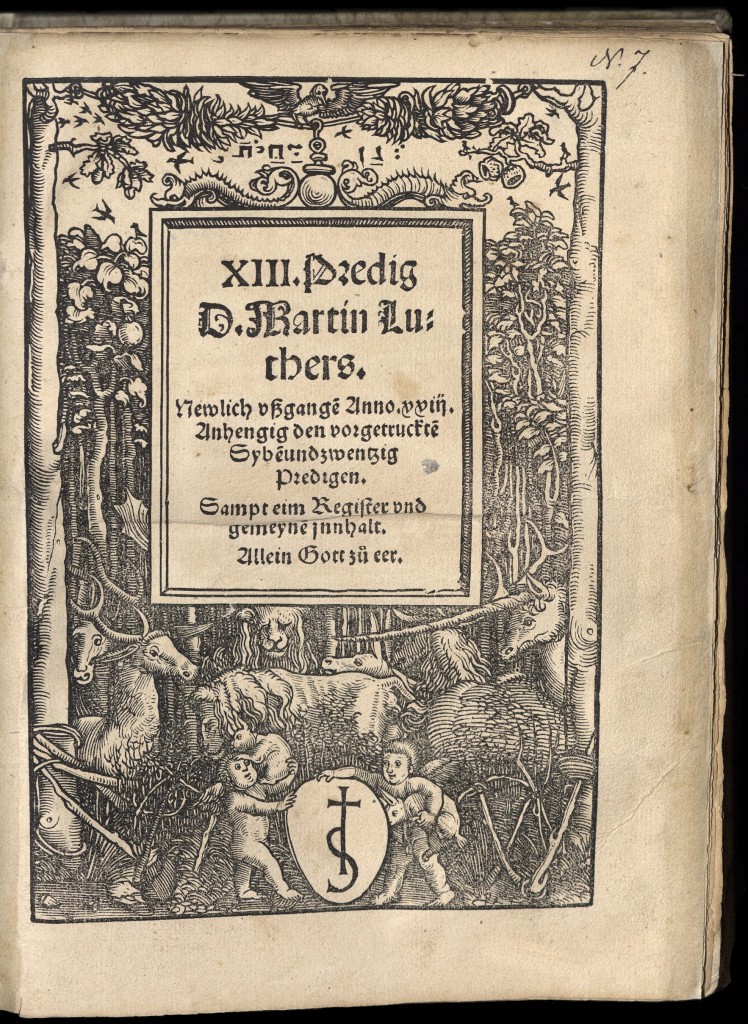
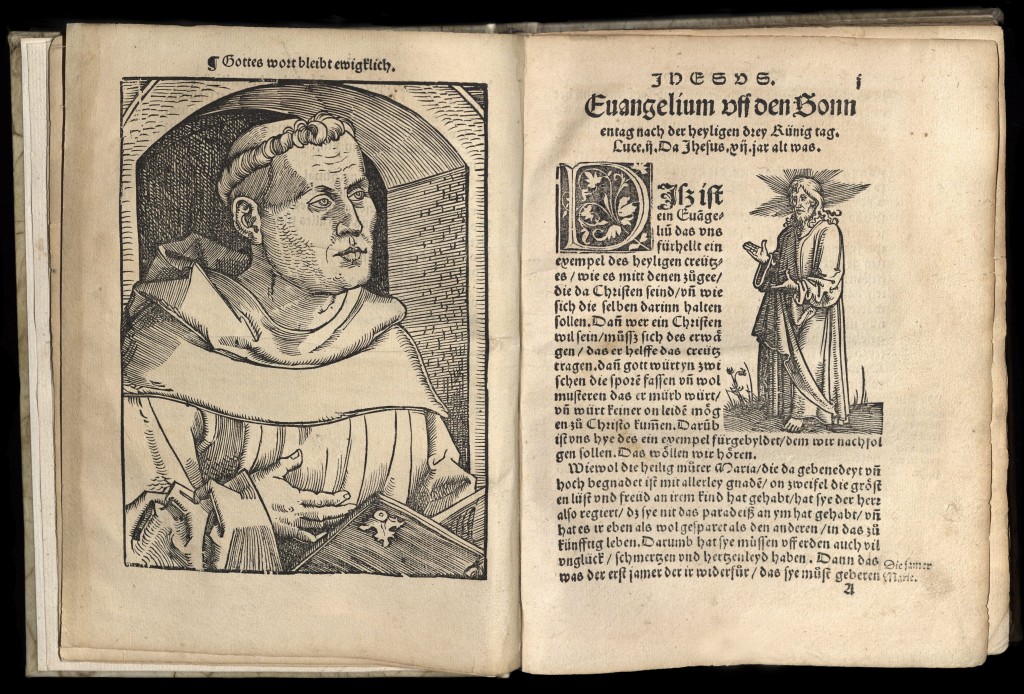
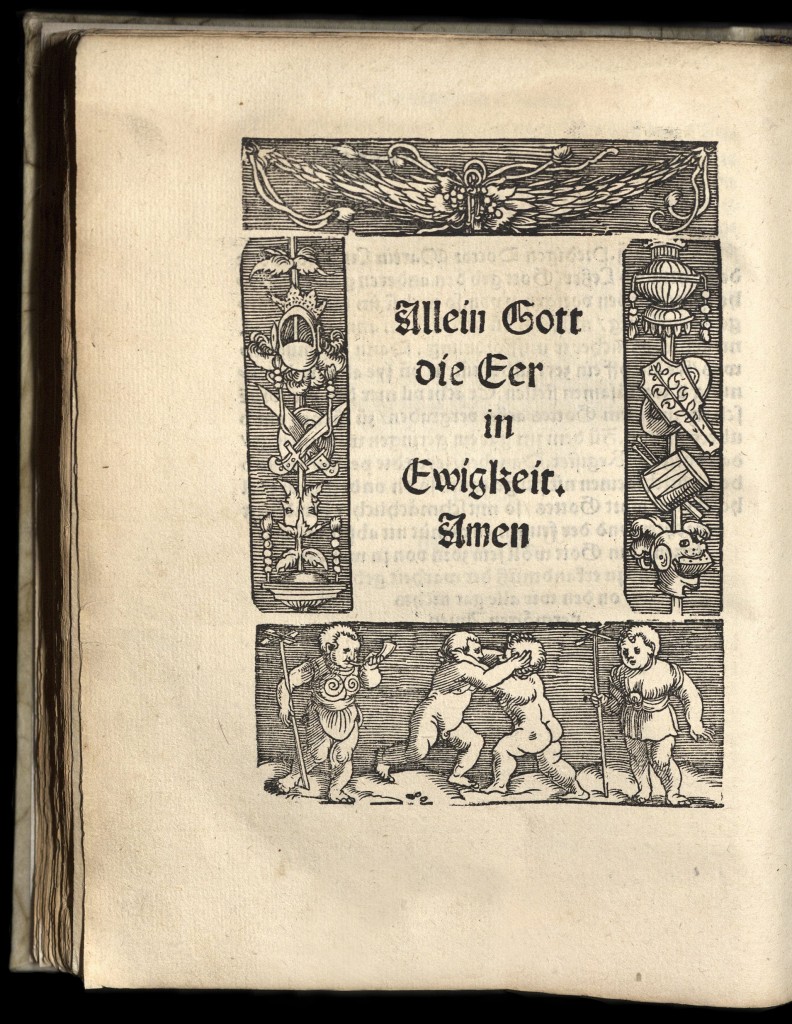

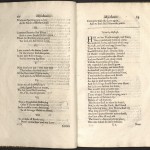
You must be logged in to post a comment.